Arduino Back To Work Reminder
About the project
In this tutorial we will learn how to make a work reminder using the Ultrasonic sensor and Arduino.
Project info
Difficulty: Easy
Platforms: Arduino, Seeed Studio, SparkFun, Visuino
Estimated time: 1 hour
License: GNU General Public License, version 3 or later (GPL3+)
Items used in this project
Hardware components
Story
1 / 7

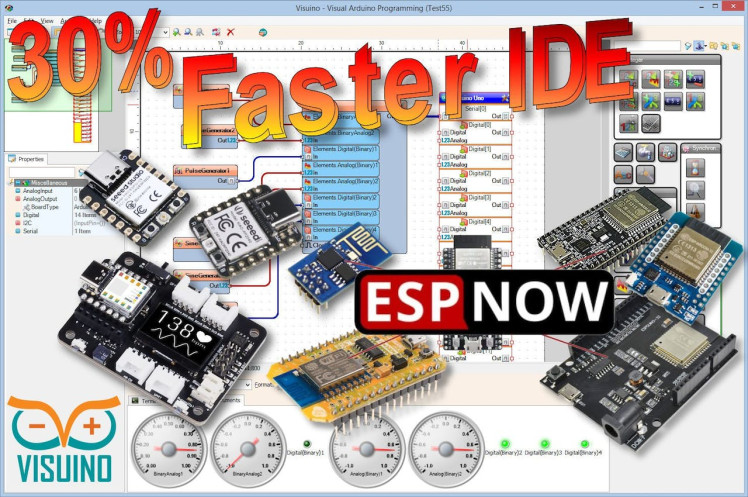





- Arduino UNO (or any other Arduino)
- Ultrasonic module
- Vibrating module or (1x LED+ 1k ohm resistor)
- Breadboard
- Jumper wires
- Visuino program: Download Visuino
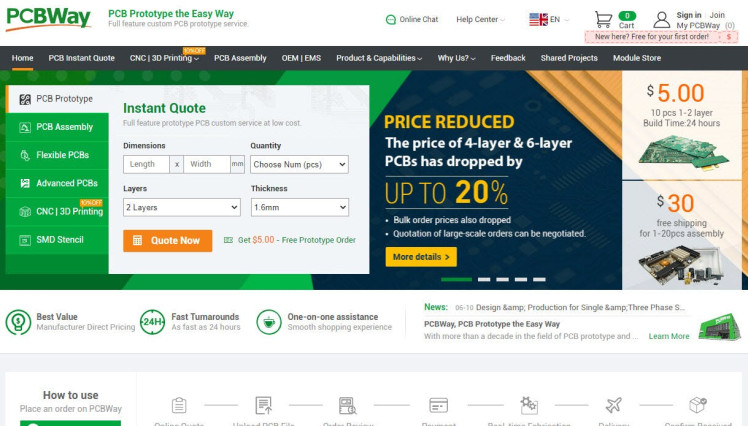
Thank you PCBWay for supporting this tutorial and helping users learn more about electronics.
What I like about the PCBWay is that you can get 10 boards for approximately $5 which is really cost effective for professional made boards, not to mention how much time you save!
Go check them out here. They also offer a lot of other stuff in case you might need it like assembly,3D printing,CNC machining and a lot more.
Step 3: The Circuit1 / 2


- Connect Ultrasonic module pin (VCC) to Arduino pin [+5V]
- Connect Ultrasonic module pin (GND) to Arduino pin [GND]
- Connect Ultrasonic module pin (ECHO) to Arduino pin digital (5)
- Connect Ultrasonic module pin (TRIG) to Arduino pin digital (6)
If using Vibrating module:
- Connect Vibrating module pin (VCC) to Arduino pin [+5V]
- Connect Vibrating module pin (GND) to Arduino pin [GND]
- Connect Vibrating module pin (SIG) to Arduino pin digital (2)
If using an LED:
- Connect Arduino board pin [GND] to LED negative pin [-]
- Connect Arduino board digital pin [2] to 1k ohm resistor
- Connect 1k ohm resistor second pin to LED positive pin [+]
1 / 2


Start Visuino as shown in the first picture Click on the "Tools" button on the Arduino component (Picture 1) in Visuino When the dialog appears, select "Arduino UNO" as shown on Picture 2
Step 5: In Visuino Add & Set Components1 / 8

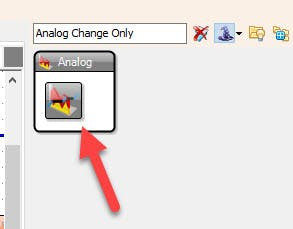

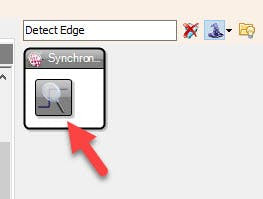
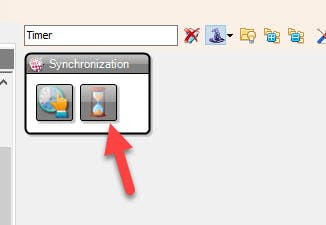

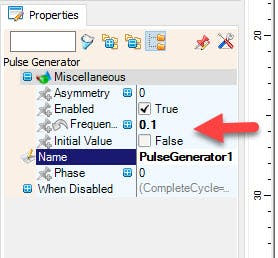

- Add "Ultrasonic Ranger" component
- Add "Analog Change Only" component
- Add "Analog Multi Source" component
- Add "Pulse Generator" component
- Add "Detect Edge" component
- Add "Timer" component
- Select "ChangeOnly1" and in the properties window set "Threshold" to 10 << This means that the value will pass through if the value (Distance) from the "UltrasonicRanger1" changes for 10 or more
- Select "PulseGenerator1" and in the properties window set "Frequency" to 0.1
- Select "Timer1" and in the properties window set "Interval (uS)" to 3000000 << You can adjust this value to your needs
1 / 2


- Connect Arduino digital pin [5] to "UltrasonicRanger1" pin [Echo]
- Connect "UltrasonicRanger1" pin [Out] to "ChangeOnly1" pin [In]
- Connect "UltrasonicRanger1" pin [Ping Trigger] to Arduino digital pin [6]
- Connect "ChangeOnly1" pin [Out] to "AnalogMultiSource1" pin [In]
- Connect "AnalogMultiSource1 " pin [0] to "PulseGenerator1" pin [Reset]
- Connect "AnalogMultiSource1 " pin [0] to "Timer1" pin [Reset]
- Connect "PulseGenerator1" pin [Out] to "DetectEdge1" pin [In]
- Connect "DetectEdge1" pin [Out] to "Timer1" pin [Start]
- Connect "Timer1" pin [Out] to Arduino digital pin [2]

In Visuino, at the bottom click on the "Build" Tab, make sure the correct port is selected, then click on the "Compile/Build and Upload" button.
Step 8: PlayIf you power the Arduino UNO module, the vibrating module will start to vibrate if there is no movement for more then 30s.
Congratulations! You have completed your project with Visuino. Also attached is the Visuino project, that I created for this Instructable, you can download it here and open it in Visuino: https://www.visuino.eu











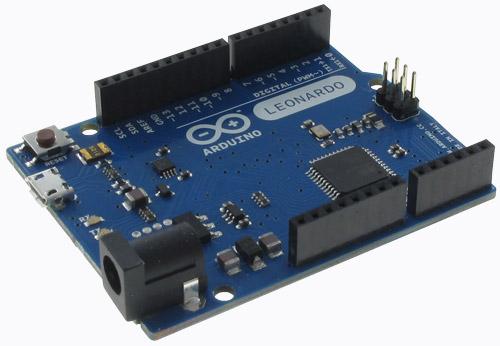









Leave your feedback...